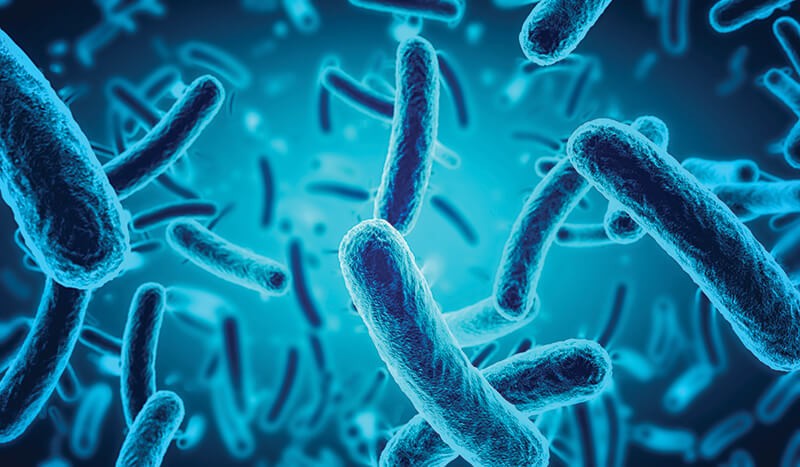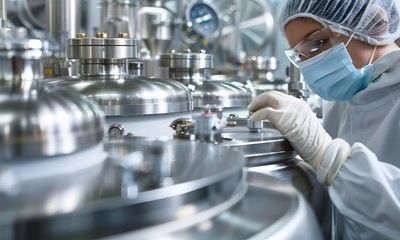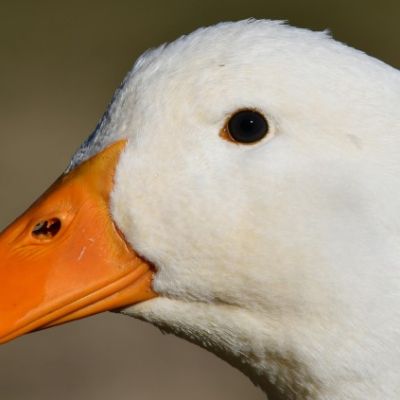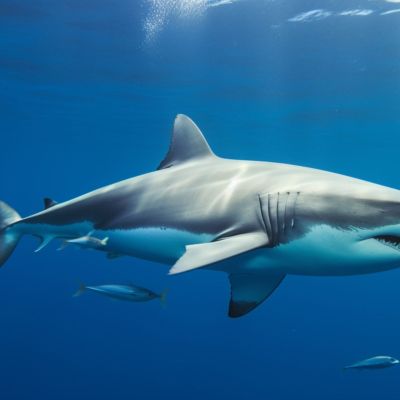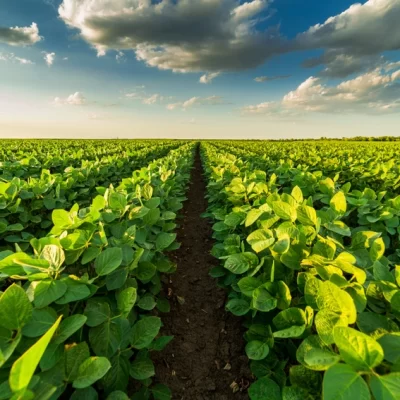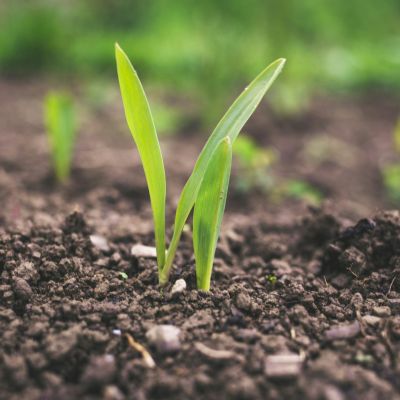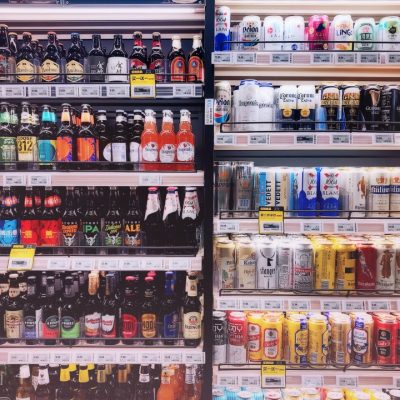Before answering this challenging question, it is important to define what the Biological Ag industry is about.
Although it has been a fast pacing growing market worldwide in the last 10 years, there is still no common understanding within players in the value chain about total market size, and how all the different biological products are correctly segmented.
In my current role as Senior Global Biological Product Manager at Indigo Ag., I usually split the Biological Ag Market into two major segments and five subsegments as follows:
1. Abiotics
1.1 Biostimulants (e.g. water use efficiency products)
1.2 Biofertilizers (e.g. nutrient use efficiency products; inoculants)
2. Biotics (or Biocontrol, or Biopesticides)
2.1 Bionematicide
2.2 Biofungicide
2.3 Bioinsecticide
Biological products can also be split by organism size (macro-organism can be seen with the naked eye or with a simple lens, or micro-organism too small to be seen by the unaided eye, especially a single-celled organism, such as a bacterium), by its compounds (e.g. amino-acids, enzimes, peptides, RNAi, pheromones, plant or see weed extracts, organic acids, etc), by its active ingredient (e.g. certain species and strains of bacteria or fungi) and by its mode of actions (e.g. N fixer, P solubilizer,. K molibilizer, etc).
The generic term “Biologicals” has been commonly used in the Ag Industry to translate this very complex market of products with distinct attributes and effects on the plants. In many countries, most farmers are not able to distinguish these different products, not only because of huge diversity of brands but also due to an immense availability of generic biological products, packaged under different labels but with ubiquitous and outdated active ingredients inside.
The maturity of Biological Ag industry varies by region and country. For a long time, Brazilian growers have treated its soybean seeds with bioinoculants and in the recent years, they have also incorporated the bionematicide application as standard agricultural practice in their farms. These growers already recognize the value of biological products due to consistent yield uplift results observed along the years. In other countries, farmers are just getting familiarized with biologicals products adoption in row crops like corn, wheat and sunflower.
Different data sources indicates that Global Biological Ag Market value is currently ranging from 10 to 15BUSD with a 10-year projection of two digits of annual relative growth. As adoption increases, farmers becomes more knowledgeable about performance and protection provided by these different biological products, and therefore better equipped to choose the brands that consistently address their needs and expectations. This normally happens when a market evolves from growth to a maturity level, as also observed in chemical crop protection market in the last 60 years and in the seeds & biotechnology market, in the last 30 years.
Coming back to my original question about who will win in the Biological Ag industry…. I would say that biological companies that continuously invest in R&D and are committed to develop products that combine superior yield performance with adequate shelf-life, and more important, able to demonstrate it to its partners and growers at field level will certainly differentiate, be more profitable and consequently win.


